My first impressions of Saint-Nectaire formed during a freezing, dark winter week I spent there several years ago – and those impressions weren’t necessarily all positive. For obvious reasons: the place is remote, 50 minutes southwest of Clermont-Ferrand, and the town relies heavily on summer tourism. We were there for a series of meetings with my company’s business partners, and by the time our day had finished everything except our hotel’s restaurant and a single pizza place was closed, and none of the other local attractions was available to visit.
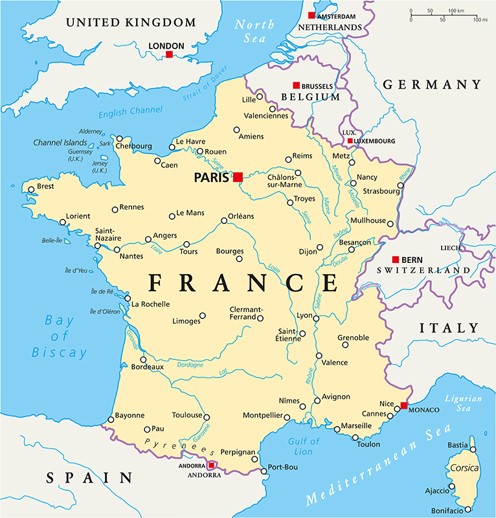
Last summer, though, I finally saw Saint-Nectaire as it is meant to be seen – and this time around I was charmed. The shops and tourist sites were all open, people were out walking in the late-morning sun, and the town felt alive. It’s true that there’s a little sense of faded glory about the village; some of its old spa hotels are empty, others could use new paint, and the grass was overgrown around a couple of sites. But that sense is offset by the town’s other attractions – and the fact that Saint-Nectaire is situated in one of the most gorgeous regions in all of France.
(There’s also the matter of that very famous cheese that bears the village’s name – and we’ll get to that in a moment…)
But first – the VILLAGE of Saint-Nectaire
The town is in the ancient territories of the Counts of Auvergne, although you’d have to say they were late arrivals on the site. There are several Stone Age megaliths in the region attesting to the presence of human inhabitants perhaps 5000 years before the birth of Christ. Local historians think there may have been a Roman temple to Apollo on the same hilltop as the church we see today; presumably, the Romans would have come (as they did to so many places in the Auvergne) to profit from the natural hot springs that still flow here.
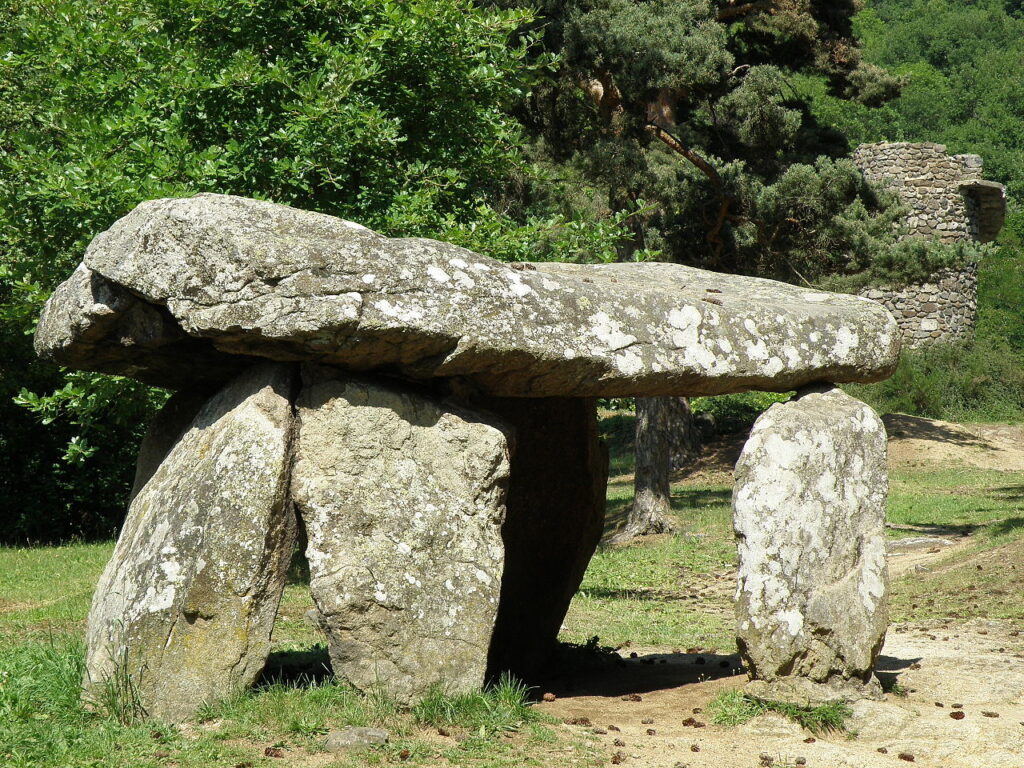
That ancient history remains foggy. Even the origins of the modern town are a little obscure, although we assume that it is named after Saint-Nectaire, the “first evangelist” to visit this region in the 3rd century C.E. Between his passage here and the 12th century, though, there is very little recorded. We do know that in the 1100s the Count of Auvergne held the property and donated it to the powerful abbey at La Chaise Dieu. We know, too, that the beautiful little Romanesque church was built here sometime between 1146 and 1178, although we don’t know for sure whether it was the Count or the Abbey who ordered the construction.
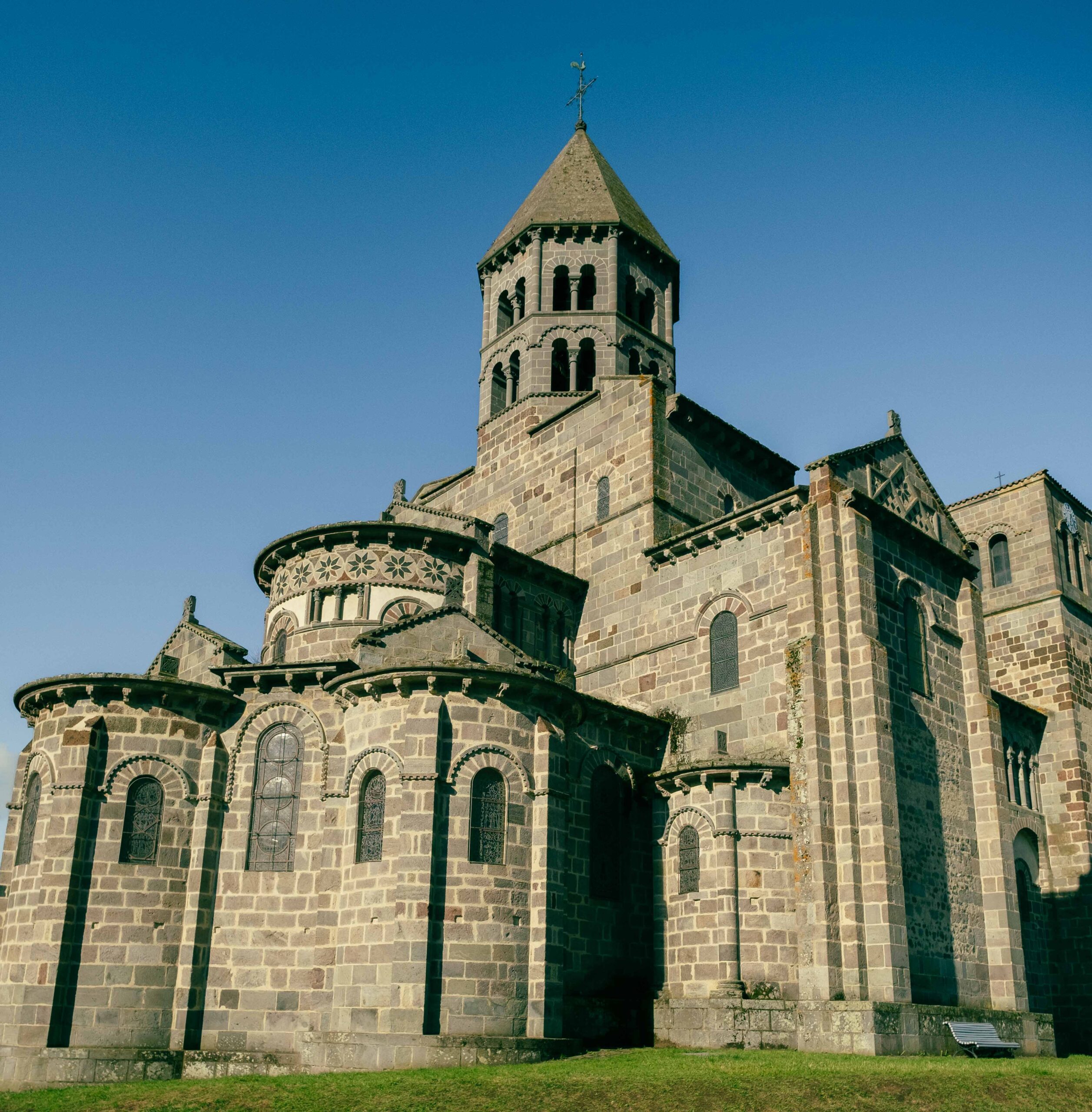
For my money, even if the famous cheese never had been developed, even if there had never been hot springs or ancient ruins here, the Église de Saint-Nectaire would be reason enough to make the detour. It’s in the haut village – the high end of town – on top of Mount Cornadore, and it is counted among the six major Romanesque churches in the Auvergne. (The others are the richly historic Notre Dame du Port in Clermont-Ferrand, the great basilica with 3 Michelin stars at Brioude, Saint Austremoine in Issoire, the basilica at Orcival, and the beautiful Notre Dame de Saint-Saturnin.)
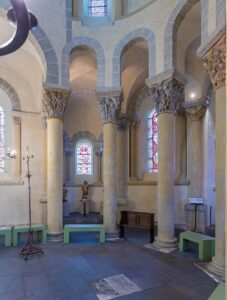
This is a spectacular example of Romanesque art at its highest, with 103 carved capitals at the top of its interior columns, each telling a story from the Bible or from Christian legend. Outside, the barrel shapes of the church’s chapels are topped by chevets in remarkable polychromatic stonework.
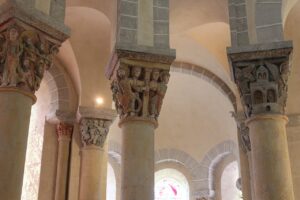
While I wouldn’t usually say that it’s good to have other old buildings demolished, this little church certainly benefits from the destruction of the ancient walls and chateau ruins that surrounded it until they were torn out in the 19th century; now you can see the lower village and a breathtaking swath of the Auvergne from its parking lot.
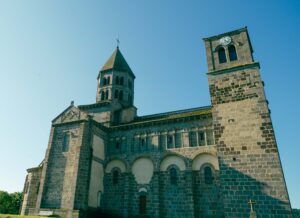
And like so many of the other spa towns in this region, Saint-Nectaire has built a tourism industry around its access to the volcanic springs that come to the surface here. While it is not as classically elegant as Vichy (recently recognized by UNESCO as one of Europe’s great spa towns), not as busy as Chatelguyon, Saint-Nectaire does have the requisite hotels, bath houses, and a casino for those who come here to “take the waters.”
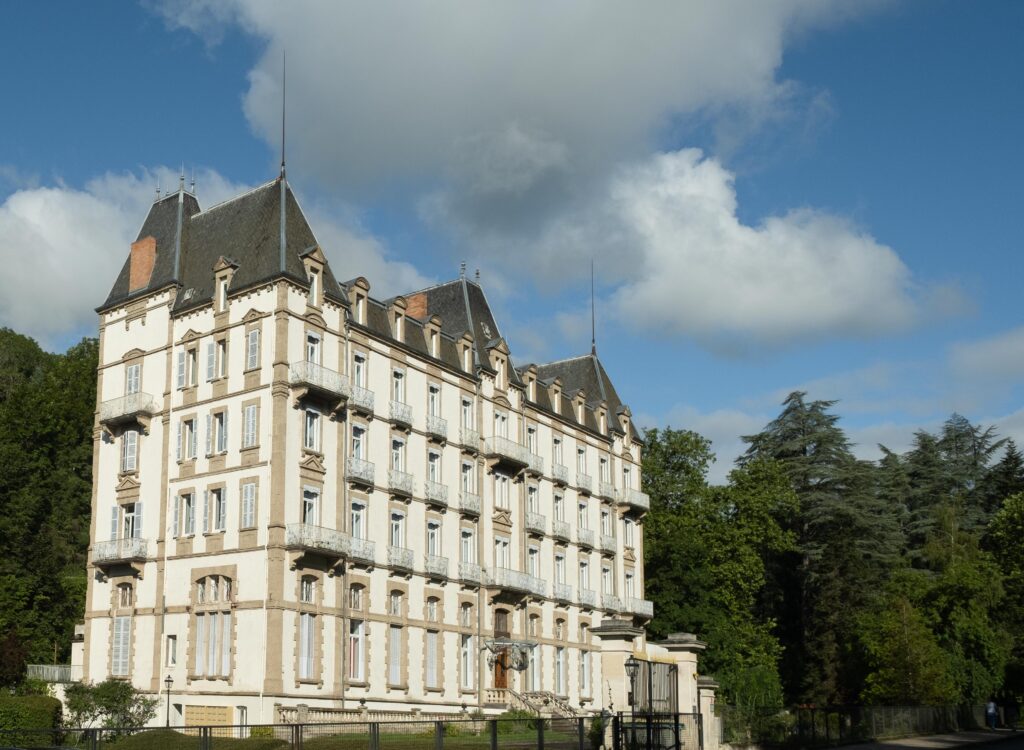
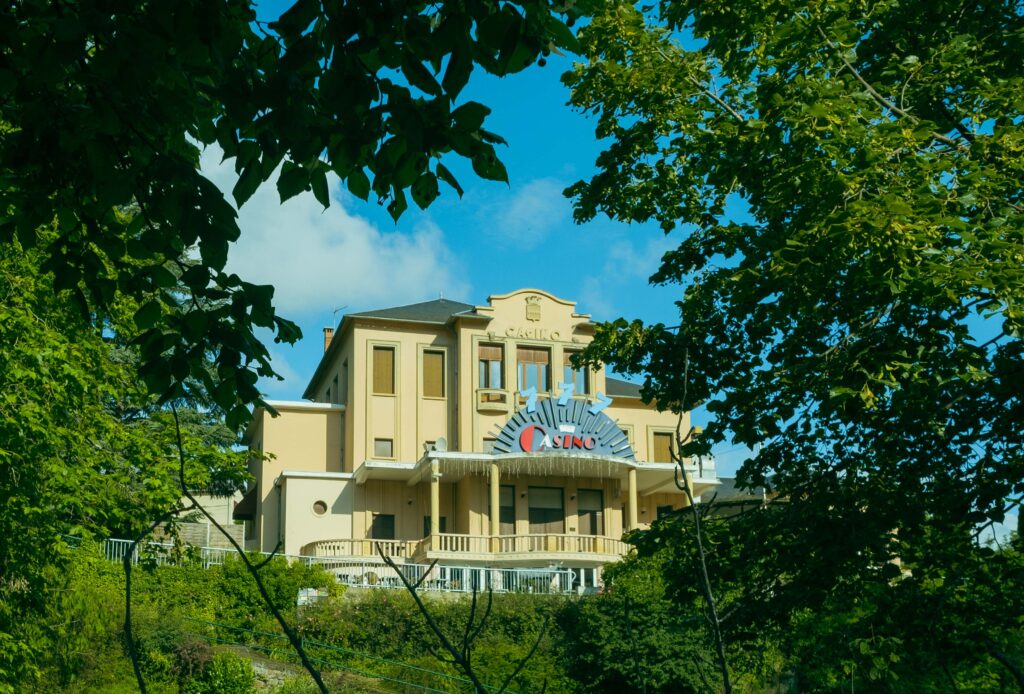
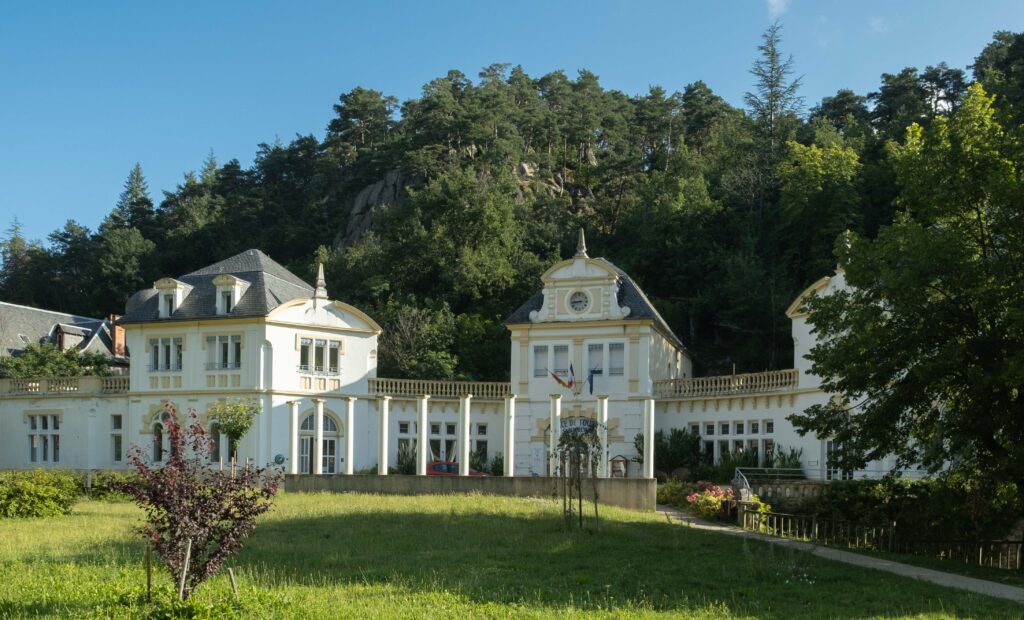
That wonderful (world-famous) cheese
How many different cheeses are there in France? Charles DeGaulle famously said 246; other people have said as many as 1,600. But only 46 of them carry the designation of AOP – “Appellation d’Origine Protégée” (“Protected Designation of Origin”). Of those 46, five cheeses come from the Auvergne – but I’d venture to say that the best known of these is the one from Saint-Nectaire. I have found it in grocery stores in South Carolina and central Texas; dozens of sites sell it online in the U.S.
That label (AOP) says something very specific and very special about a product, whether it’s wine, cheese, butter, or anything else. It does not signify that the product has been taste-tested for flavor. For a Saint-Nectaire cheese, as for everything that carries an AOP label, it is tied very closely to the wonderful French concept of terroir – the idea that the product could only come from a very specific location, with unique characteristics that could never be reproduced anywhere else. It also means that the cheese has a unique history that shaped its characteristics, and that it is produced according to the strict rules of a particular process.
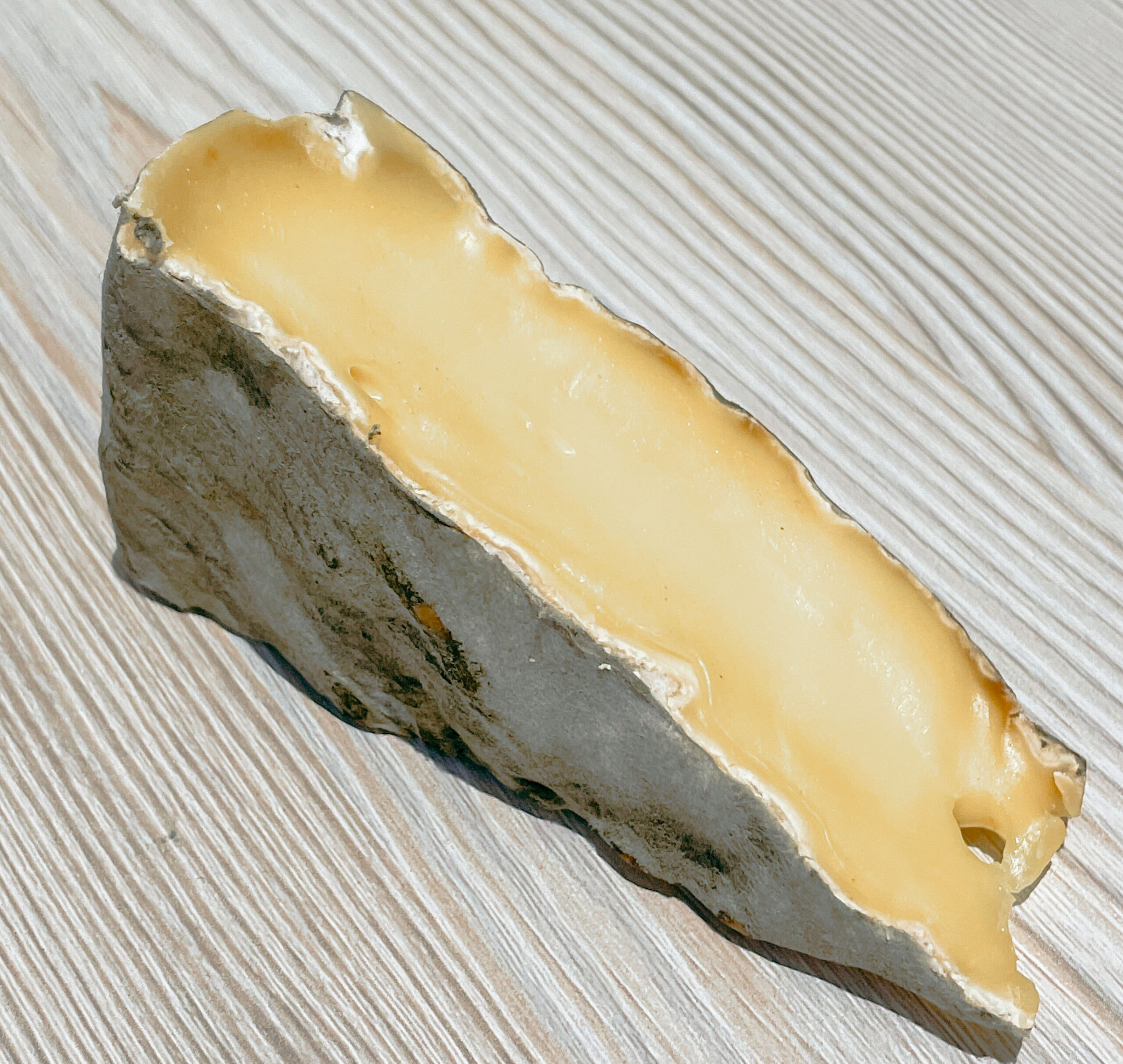

In the case of Saint-Nectaire, people have been producing this specific cheese in this part of France for at least 400 years. (It used to be called “rye cheese” because of the straw on which it was stored for aging.) It really got famous, though, when Henri de La Ferté-Senneterre introduced it into the court of the “Sun King”, Louis XIV, in the late 1600s. Henri was a career soldier who eventually carried the exalted title of “Marshall of France”, but he also found time to introduce two other cheeses (Salers and Cantal, both of which also carry the designation of AOP) to his fellow courtiers.
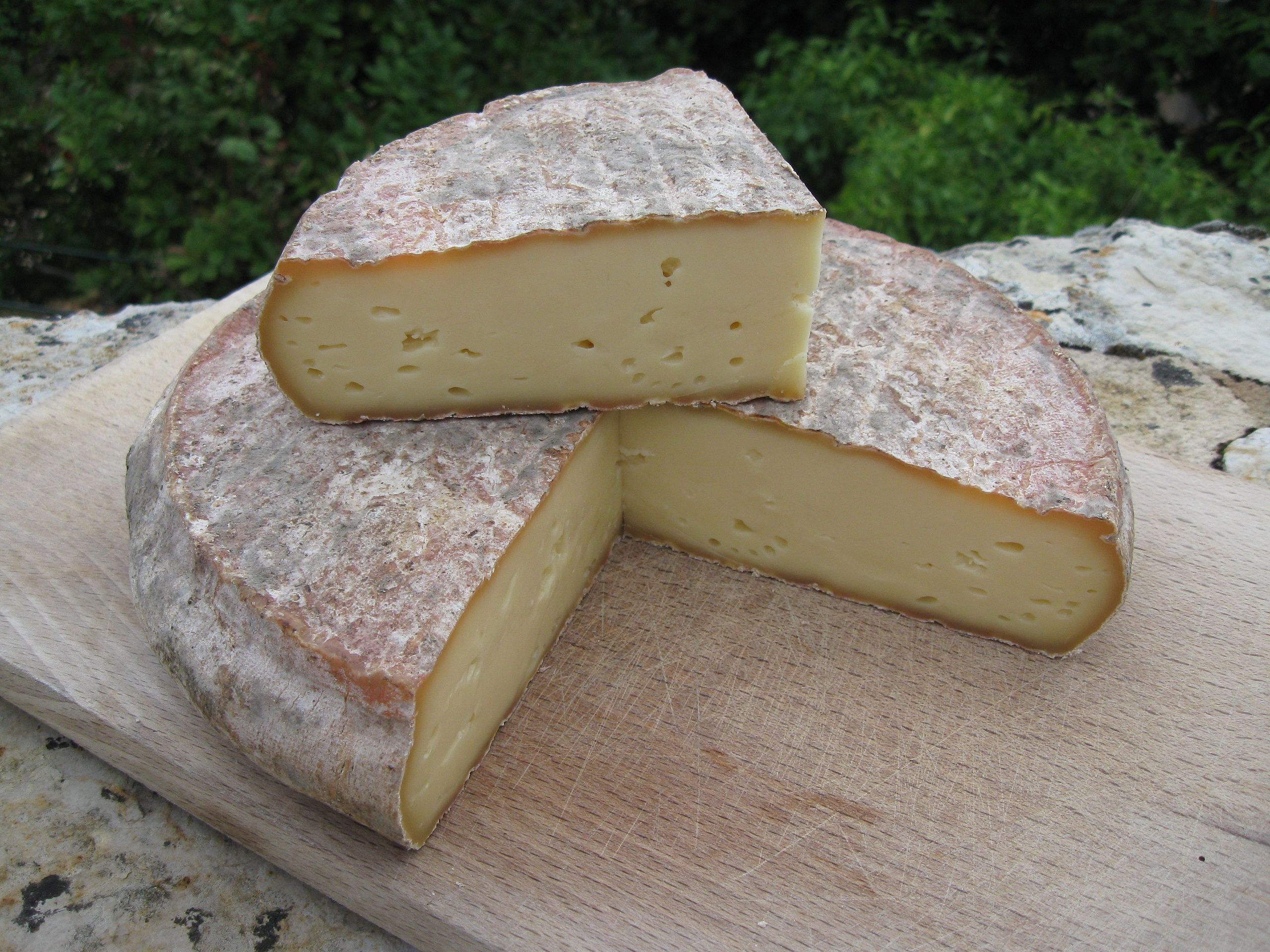
All this was explained to me by the two young guides who led me through the exhibits at La Maison de Fromage near the center of the lower village of Saint-Nectaire. They left me first to watch a film that highlights not only the beauty of the region but also the rigor that goes into producing the cheese. Only milk from specific breeds of cattle, which graze on the grass and flowers of a tightly regulated
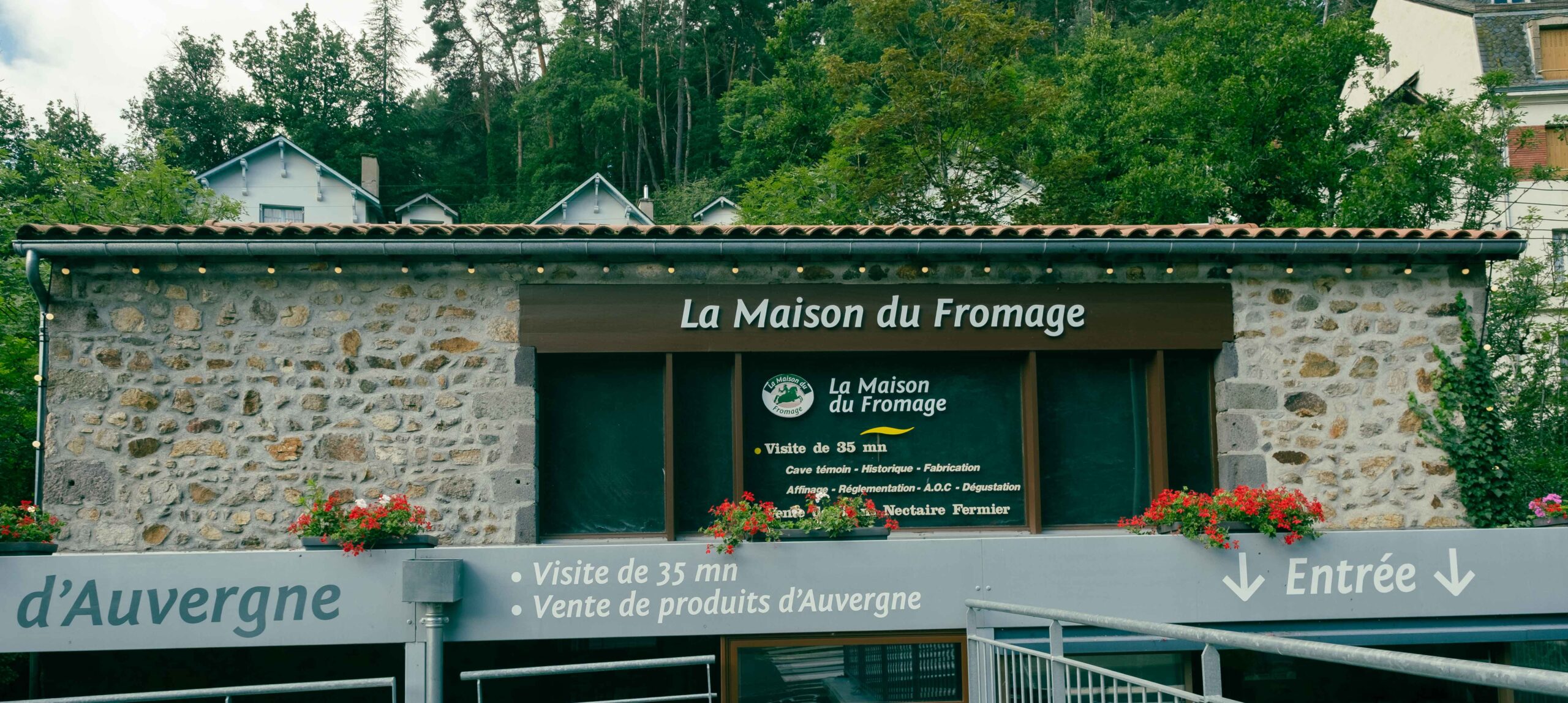
geographic area, with rules about how many cows there can be per acre and rules prohibiting the use of any other alimentation, can be used in the production. (You can see how the actual process plays out in this YouTube video, which also gives you an idea of how pretty this part of France can be!)
There are basically two types of fromage de Saint-Nectaire: lait cru (raw milk) and pasteurized. The pasteurized version makes up the minority of production; it’s better for export to markets outside France, and (according to my guides) better for people who have difficulties digesting lactose. It’s also a little bit sweeter and creamier than the lait cru version.
There are also some obvious differences between “artisanal” and “industrial” versions of Saint-Nectaire. It’s all in the process. The “artisanal” products are hand-turned and hand-washed during the aging process; the wheels of cheese are laid down on straw mats in wood frames as they age, while the industrial versions are stored on plastic trays.
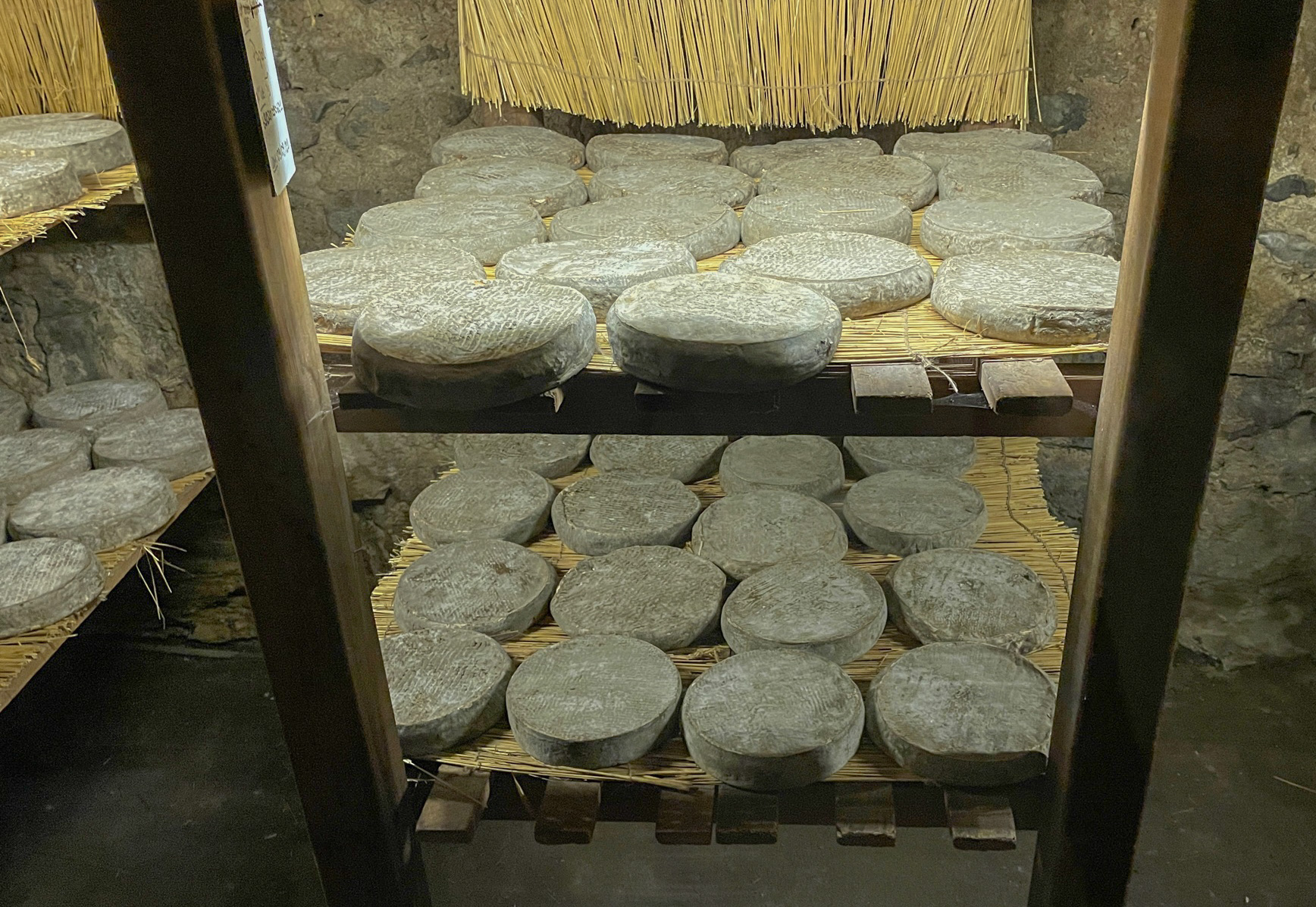
How to enjoy Saint-Nectaire’s most famous product
There’s no better part of traveling in France than taste-testing the country’s best local products – and I did a lot of taste-testing in Saint-Nectaire. (Not that it was new to me – my family and friends have been eating it regularly since 1998!) The best ones, especially the lait cru varieties, have a rich yellow body inside the grayish rind. The cheese has a slightly sharp “top note” in its flavor, a little musty with a little bit of hazelnut flavor, but without any aftertaste.
So what can you do with such a cheese? It’s creamier and more “spreadable” (less crumbly) than cheeses from Cantal or Salers; in fact, I know several people who use it almost as a substitute for butter on their baguettes. With a good glass of Côte de Rhône red wine, it’s not hard to improvise a very pleasant picnic using just these ingredients. Here, for example, is a recipe for a Saint-Nectaire pie from Taste France magazine, and here’s a good one for a flatbread that mixes Saint-Nectaire with raclette, mushrooms, and truffle oil.
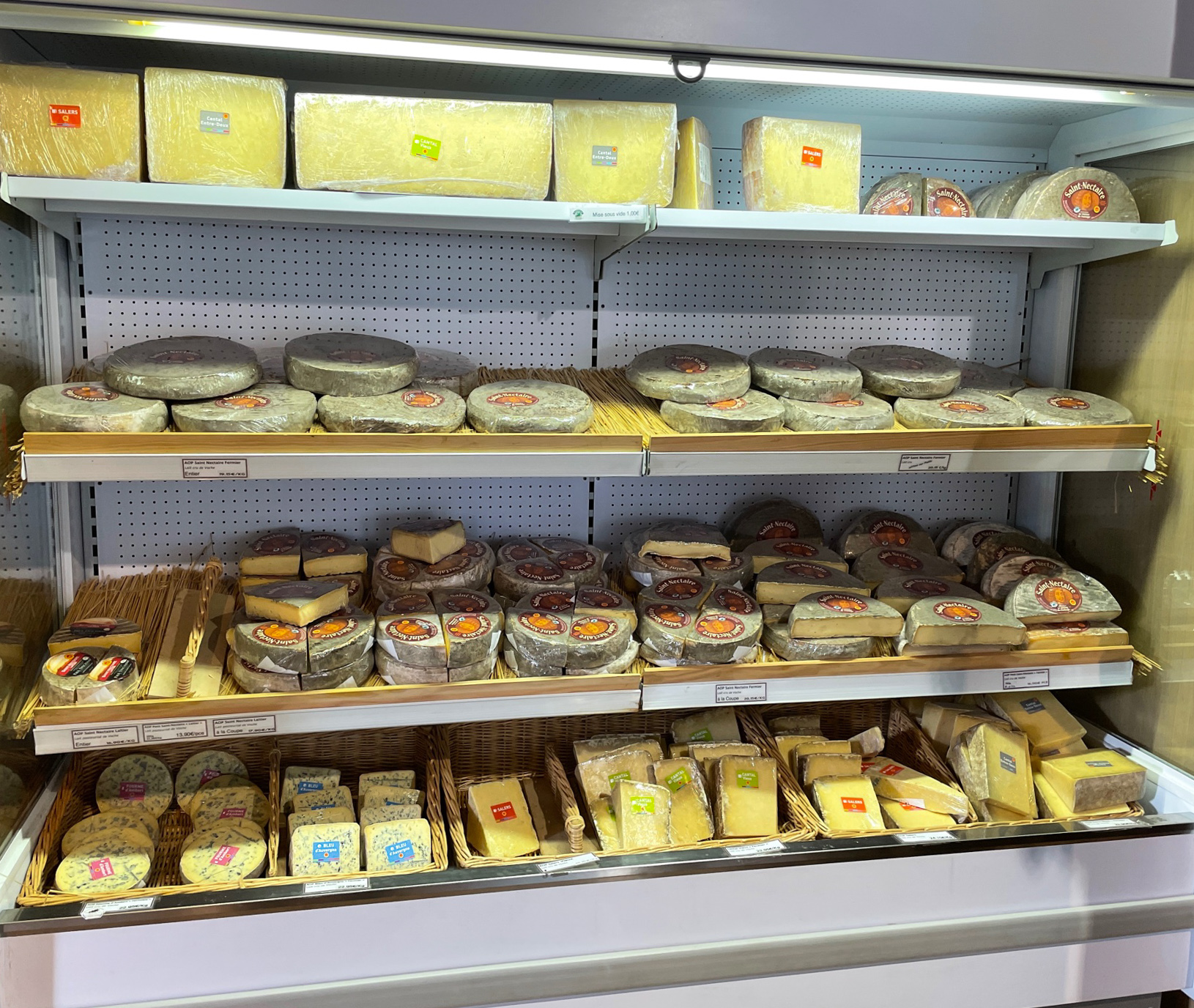
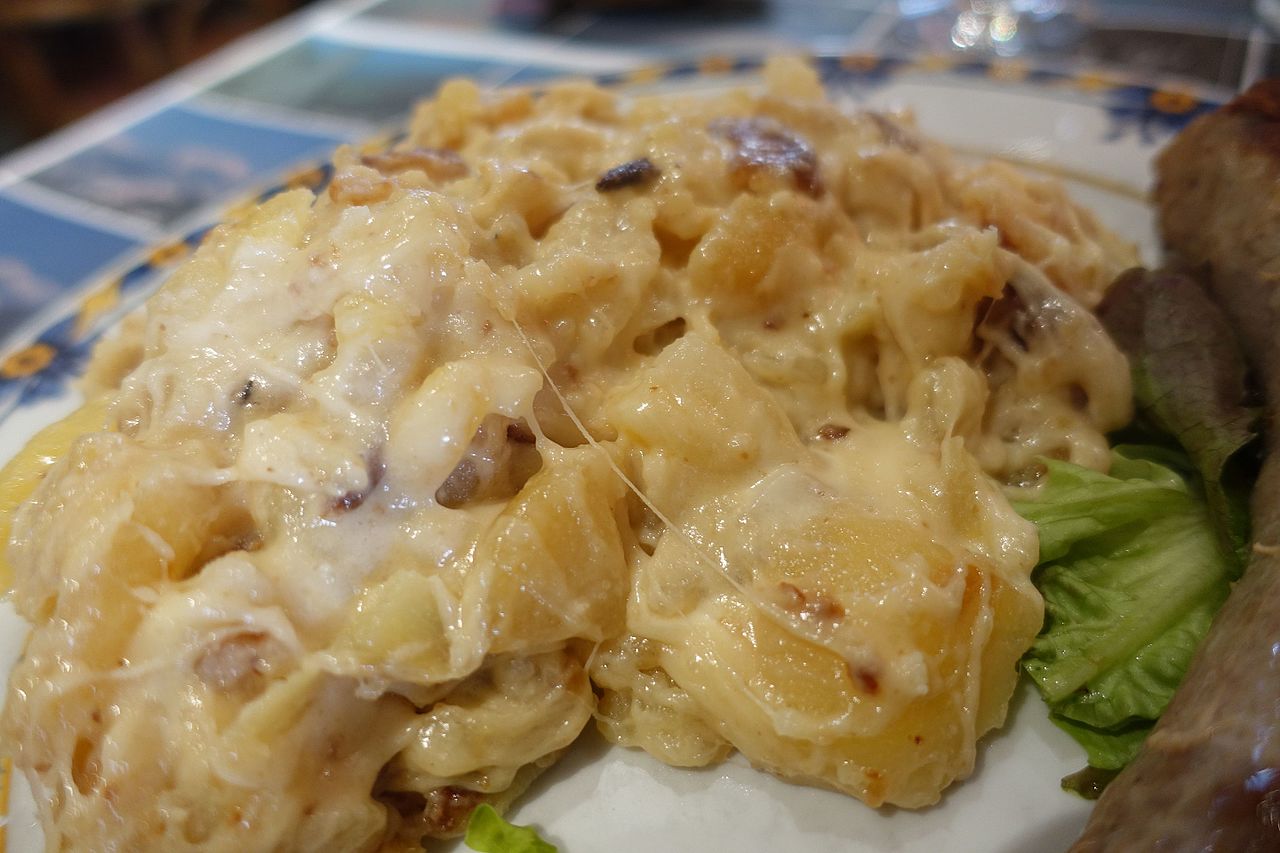
But for me, the best use of this wonderful cheese, as for so many others in this region, is in this classic Auvergnat truffade, a combination with potatoes, cheese, and bacon or lardons. (If you want to be a little more adventurous, though, the official website for the AOP has several downloadable PDFs full of recipes for dishes like chicken fingers, hamburgers, pasta casseroles, seafood, and pastries, all made with that famous cheese.)
In fact, rereading these recipes is making me hungry, so before I wander down to the kitchen, I’ll wrap up this post with a note about other reasons you might visit Saint-Nectaire. Did I mention that this is one of the most beautiful parts of France, particularly if you like mountains, hiking, cycling, fishing, or any other outdoor sport? (I know I did – I can’t help myself!) You’re only 10 minutes from the crater lake at Lac de Chambon, only 30 minutes from the breathtaking ski stations at Mont Dore or Super Besse. If history is more in line with your interests, you’re also only 10 minutes away from what I think may be the single most interesting castles to visit in the heart of France – the powerful medieval fortress of the Chateau de Murol.
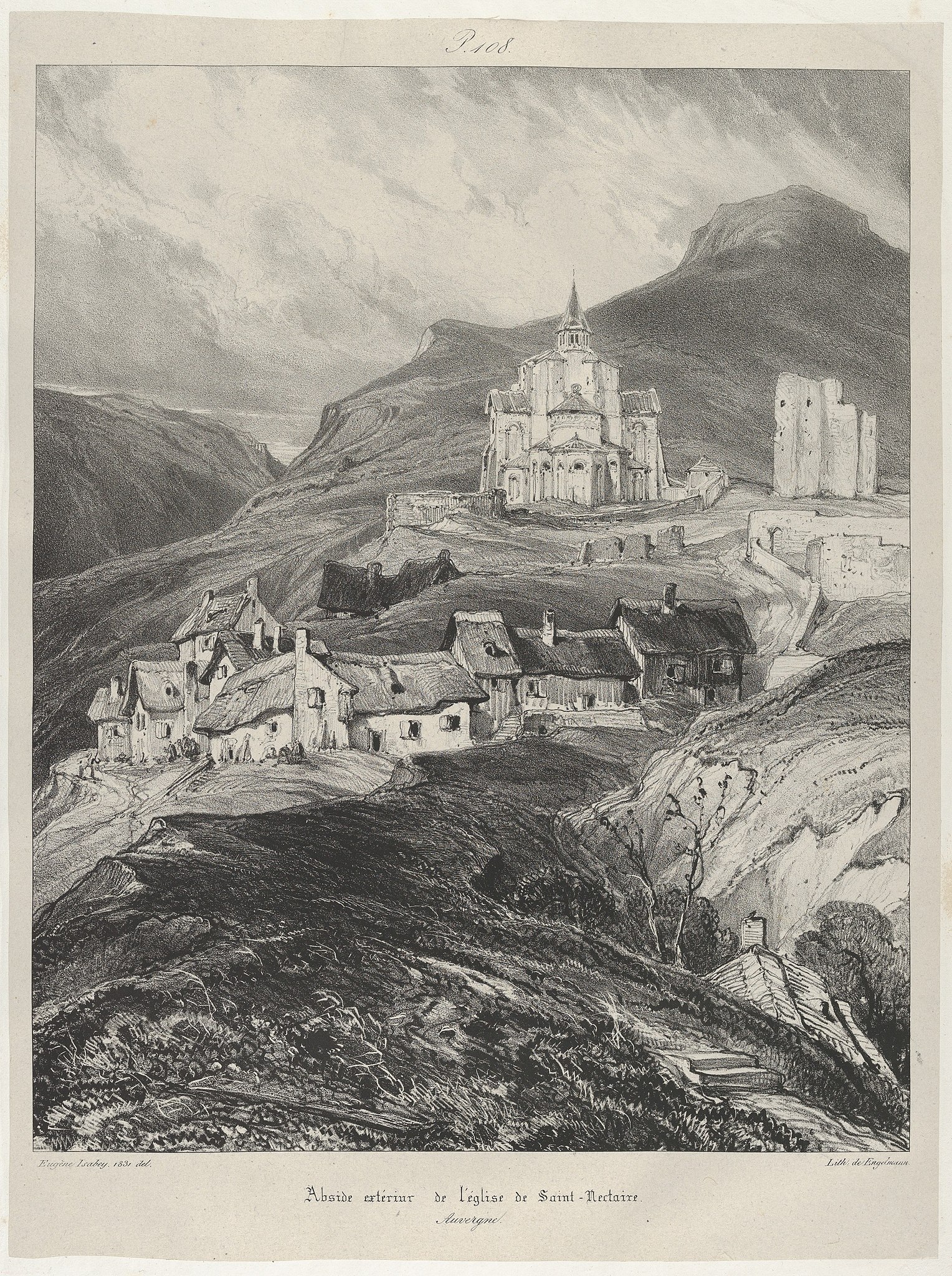
In any case, if you’re in this region, particularly during the summer season, I hope you’ll agree that a visit to Saint-Nectaire is worth the detour – for the exceptional little church, for a look at the thermal spas, and especially for a stop at La Maison de Fromage to take home a wedge or a wheel of that world-famous cheese!
Do you have a favorite among France’s exceptional cheeses? What region does it come from? Have you had a chance to visit their places of origin to see how they are made? Do you have a favorite dish made with Saint-Nectaire? Please share your experiences in the comments section below – and while you’re here, I’d be grateful if you would take a moment to share this post with someone else who loves the people, places, culture, and history of the deep heart of France!
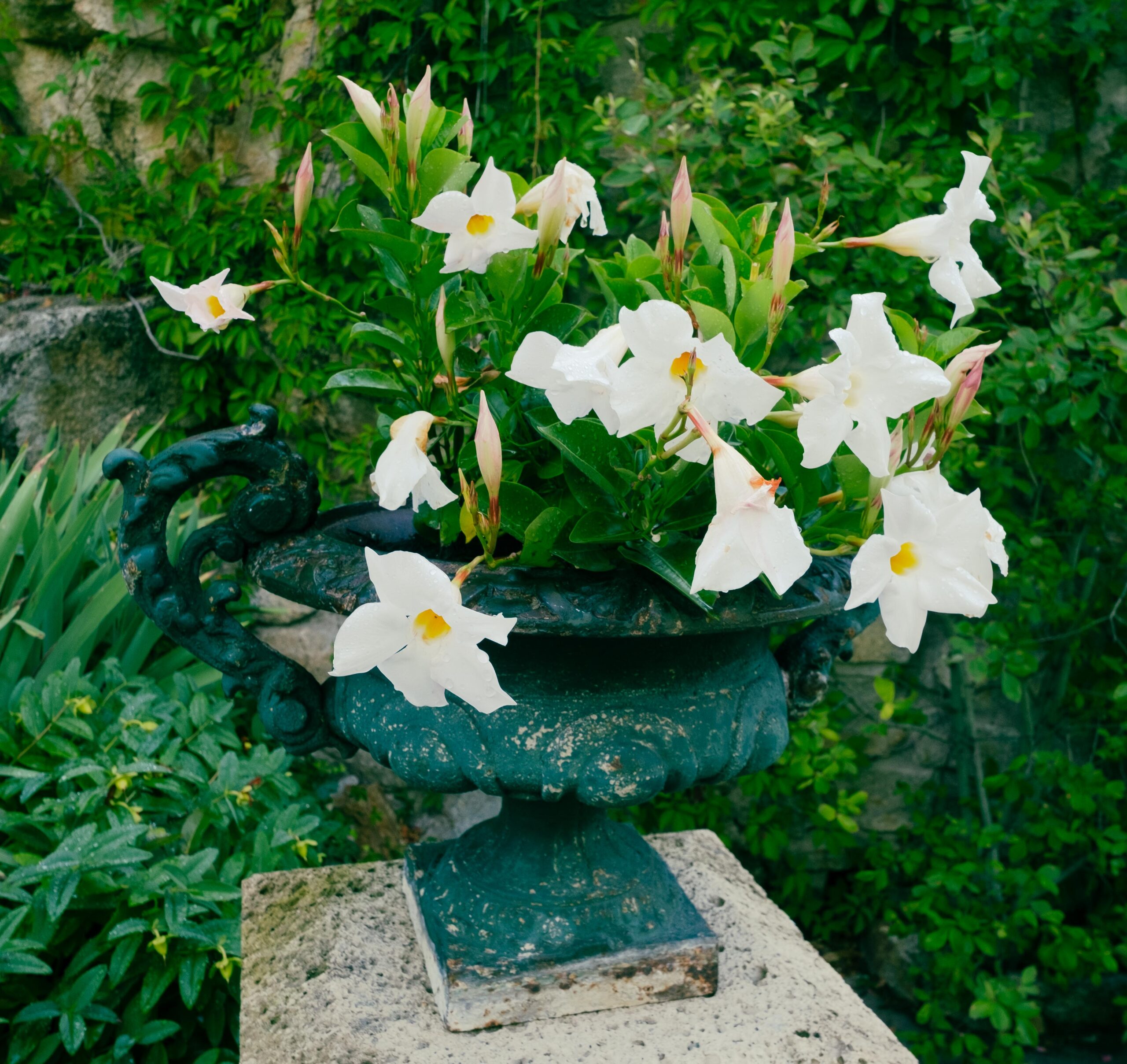
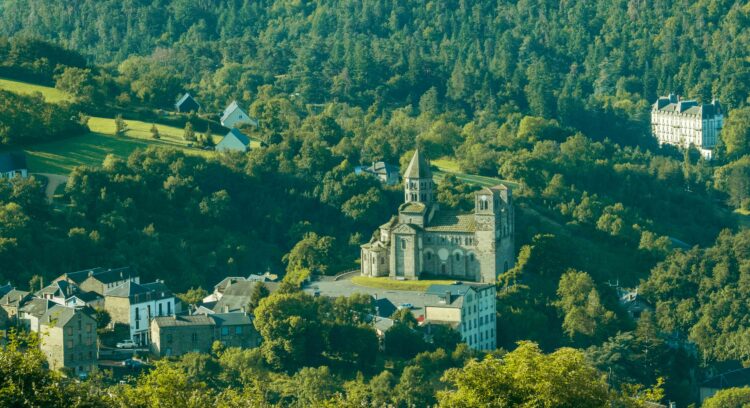

Wonderful article on St. Nectaire! I will always recall our first visit to the city and its marvelous church. I learned many other things from your article.
Thank you, Michael!
Love this post. As someone who would happily travel to France just to enjoy the amazing variety of delicious cheeses it hit the spot for me. Interesting to find out more about the love and care that goes into production. Thanks for posting.